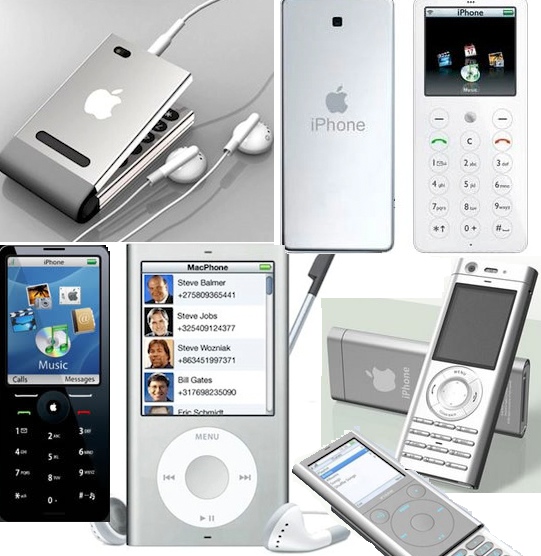Dallas Mavericks owner Mark Cuban has a great post up detailing why a company should never listen to their customers. To be clear, this doesn’t mean that companies shouldn’t take customer feedback and complaints to heart, but rather that customer suggestions for new features shouldn’t be the driving force behind a new product or service.
Cuban cites a personal example where he was involved with a company who had a product that was far superior to rival products.
Then it made a fatal mistake. It asked its customers what features they wanted to see in the product and they delivered on those features. Unfortunately for this company, its competitors didn’t ask customers what they wanted. Instead, they had a vision of ways that business could be done differently and as a result better. Customers didn’t really see the value or need, until they saw the product. When they tried it , they loved it.
Sound familiar?
Cuban goes on to write that asking for customer feedback for new features put the aforementioned company in a never ending cycle where it was always playing catchup to the competition. After all, consumers weren’t suggesting innovative and bold new features that weren’t currently on the market, they were simply looking at what competitors were doing and saying, “Oh, put that in there too.” This dynamic not only wastes brain power and resources, Cuban writes, but also keeps a product locked in the past.
Your customers can tell you the things that are broken and how they want to be made happen. Listen to them. Make them happy. But they won’t create the future roadmap for your product or service. That’s your job.
In a similar vein, Apple marches to the beat of its own drum and relies upon its own vision of what a product should be. Steve Jobs once said of focus groups, “It’s really hard to design products by focus groups. A lot of times, people don’t know what they want until you show it to them.” If you need any proof, just take a look at the myriad of iPhone mockups that made the rounds in the weeks and months prior to the real iPhone unveiling in January of 2007 and compare and contrast. A lot of the mockups were sexy, but what Apple ultimately delivered with the iPhone just blew all other mockups and concepts out of the water.

As you can tell, all the above mockups were takeoffs of what cellphones already were. Apple’s iPhone design, however, re-defined the concept of what a cellphone should look like and has since become the de-facto form factor for a number of smartphones. That simply wouldn’t have happened had Apple listened to what the masses thought they wanted in an Apple designed smartphone. As Cuban notes, paying too much attention to customer input can leave you entrenched in the present, and unable to carve out a future.
Jonny Ive, Apple’s head designer, has also explained why Apple doesn’t rely on the opinions of the masses to shape their product roadmap. “We don’t do focus groups,” Ive stated in an interview this past summer, “They just ensure that you don’t offend anyone, and produce bland inoffensive products.” And it’s hard to disagree. When you try and please everyone, you inevitably end up pleasing no one.
But leave it to Steve Jobs to say it best:
It’s not about pop culture, and it’s not about fooling people, and it’s not about convincing people that they want something they don’t. We figure out what we want. And I think we’re pretty good at having the right discipline to think through whether a lot of other people are going to want it, too. That’s what we get paid to do. So you can’t go out and ask people, you know, what’s the next big [thing.] There’s a great quote by Henry Ford, right? He said, ‘If I’d have asked my customers what they wanted, they would have told me ‘A faster horse.





Tue, Apr 6, 2010
Analysis, Featured, News